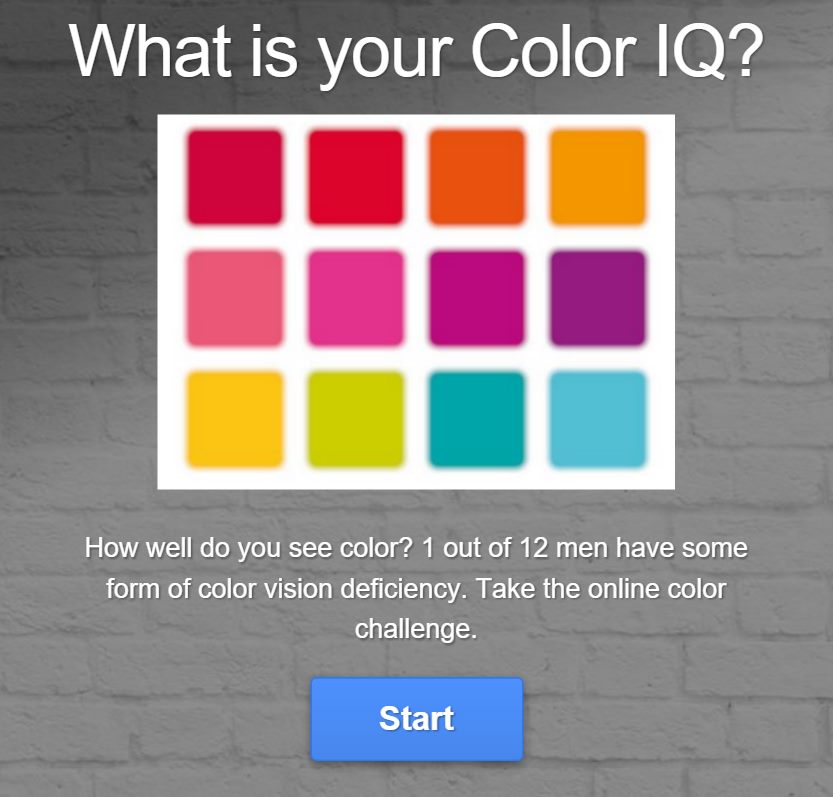Reflexology by Jo Gemmell
Description
Reflexology is an alternative therapy where pressure is applied to points on the feet which may improve the way a person feels or the their body functions. What is Reflexology?
Reflexology is a non-intrusive complementary health therapy, in which the therapist applies pressure to different points on the feet, which correspond with different areas of the body. Reflexologists work holistically with their clients and aim to work alongside allopathic healthcare to promote better health for their clients.
Is Reflexology suitable for me?
Reflexology can be received by anyone at any age, from new-born babies to those receiving end of life care, and everyone in between. However, there may occasionally be times when it is not suitable. The best advice is to ask! Reflexology may be one of the ways to mitigate the stresses of modern life.
What happens when I go for a treatment?
A full medical history will be requested on your first treatment, and you will be asked to sign a consent form for treatment. This information will be kept confidential. Appointments last for one hour and takes place in a relaxing, calming environment. The only clothing that will have to be removed for a treatment to take place will be your socks and shoes.
How will I feel after a reflexology treatment?
It is useful to give feedback to the reflexologist as this may show the response of your body to treatment. This in turn might help the reflexologist to tailor a treatment plan specific to your needs. After one or two treatments your body may respond in a very noticeable way. Most people note a sense of well-being and relaxation.
A brief history of reflexology
Whilst the art of reflexology dates back to Ancient Egypt, India and China, this therapy was not introduced to the West until Dr William Fitzgerald developed 'Zone therapy'. He believed that reflex areas on the feet and hands were linked to other areas and organs of the body within the same zone. In the 1930's, Eunice Ingham further developed this zone theory into what is known as reflexology. Her opinion was that congestion or tension in any part of the foot is mirrored in the corresponding part of the body.
Tell your friends
Quiz


